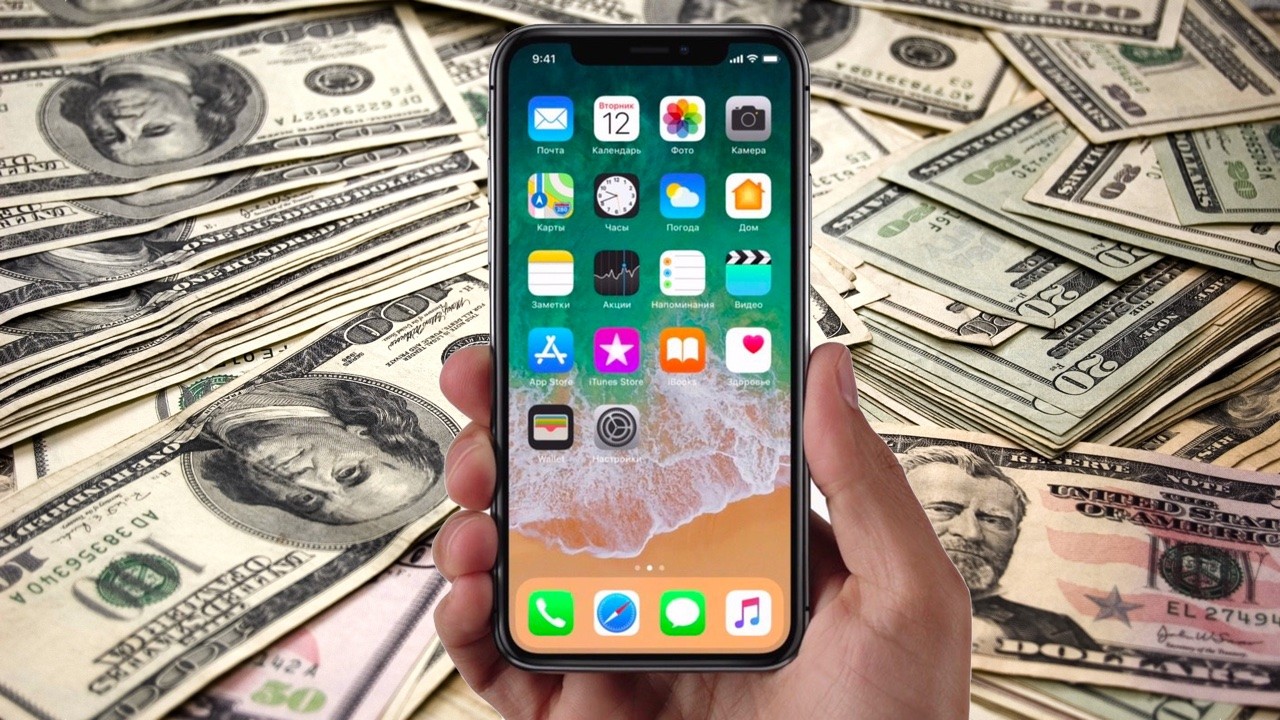Mobile app development banking has completely transformed personal finance, with over 80% of Americans embracing apps to transfer funds, deposit checks, track spending, and more. However, even as adoption accelerates, the user experience remains riddled with friction points. According to leading research firm Forrester, most banking apps in the U.S. and Canada are “rife with mediocrity.”
While major banks like Bank of America, TD Bank, and Wells Fargo have certainly invested in digital upgrades, the breakneck pace of innovation means there’s always room for improvement. Consumer expectations continue advancing faster than development roadmaps.
In this blog, our experts, who also provide trust-worthy mobile app development services, will dive into why even top-rated apps fail to delight customers – and finally, the key capabilities needed to nail consumer digital experience in the 2020s.
Surging Mobile Banking Adoption and Expectations
Over the last decade, banking apps have evolved from a nice-to-have to an absolute necessity. The COVID-19 pandemic and 2020 lockdowns kicked adoption into hyperdrive. Forrester found that from 2020 to 2024, consumers rapidly increased their mobile money management, including:
- Checking account balances
- Monitoring spending habits
- Transferring funds
- Paying bills
- Managing savings goals
- Applying for loans and credit cards
- Handling investments and trades
Nearly every aspect of personal finance has shifted to mobile-first. Accordingly, user expectations rose dramatically regarding convenience, ease of use, and breadth of capabilities.
The Era of Seamless Banking Has Arrived
A few years ago, routine banking meant remembering passwords, security questions, obtuse menus, and tiny prints. Today, customers expect their financial apps to get out of the way – allowing them to complete tasks smoothly without any speed bumps or unnecessary friction.
According to Forrester, while banks have crossed key milestones like adding biometrics, personal financial insights, realizing mobile innovation by opting for mobile app development services, and money transfer conveniences, most are still falling short of truly seamless digital money management.
Mediocrity stems from focusing merely on bolting trendy features versus optimizing the end-to-end user experience. Eliminating friction requires adopting an outside-in “jobs to be done” philosophy centered on customer goals versus business capabilities.
Embracing “Jobs to Be Done” Thinking
The jobs-to-be-done framework analyzes consumers’ selection of services based on the utility they provide. People don’t necessarily love your banking app itself, but rather its effectiveness, enabling them to complete financial tasks seamlessly. This is why we recommend financial institutions opt for mobile app development services. They simplify common mobile banking touchpoints like:
- Pay a friend for dinner
- Check an account balance
- Monitor credit scores
- Move money between accounts
- Pay utility bills
- Apply for a personal loan
While banking will never attain the fun factor of TikTok or gaming, the experience should optimize for user goals versus admiring slick interfaces. Any friction risks customers abandoning your app for increasingly personalized offerings from agile fintech disruptors.
Let’s explore Forrester’s insights on the three critical mobile banking capabilities needing upgrades to remove customer friction points.
- Elevate Mobile Search
Seamlessness starts with finding information fast. The top banking apps incorporate predictive search, conversational AI, and intuitive access to functions. Most banks have significant room for improving mobile search and opt for mobile app development services to integrate capabilities like:
Predictive Search Engine
As users type queries, the search serves suggestions to eliminate typing frustration. For example, “trans” surface top transfer options.
Conversational Interface
Natural language AI allows queries like “show me transactions over $50 last week”. No codes or rigid syntax is required.
Intuitive Information Architecture
A logical menu layout with clear taxonomy avoids confusion. Critical tools should never exceed 1-2 taps away.
Banks must invest in underlying AI and analytics to remove mobile app development search friction. Adding bolted-on virtual assistants won’t cut it. Eventually, we’ll see advanced capabilities like GenAI in banking, but conversational AI available today still significantly improves finding account details, moving money, and managing finances.
#2: Personalize Alerts & Notifications
Notifications should provide helpful insights without bombarding customers. Best practices include:
Targeted Content Relevance
Alert customization is aligned to usage history and personal preferences and is not one-size-fits-all.
Streamlined Digest Options
Consolidate multiple notifications into summary views for simpler scanning.
User Control
Circumvent fatigue by giving customers dominance over timing, frequency, and modality.
Alert excellence is now baseline table stakes thanks to popular money apps like Mint, Cleo, and Truebill, which set new expectations for convenience. The BMO mobile app development allows simple toggling to the most relevant alerts for each user. All banks should prioritize personalized, streamlined notifications to avoid disengagement.
#3: Embed Intuitive In-App Support
Even perfectly designed apps have learning curves. Leading banks embed help content within the user workflow to avoid forcing customers elsewhere.
U.S. Bank sets the gold standard for frictionless in-app assistance, including:
- Security hub to manage protection settings
- Privacy tools for managing data sharing
- Chatbots handling routine queries
- Account management assistance
With 28% of Americans and 30% of Canadians avoiding bank apps due to data privacy concerns, building trust should be central to any digital experience.
Key Takeaways for Banks of All Sizes
While today’s mediocre banking apps Continue fueling fintech competitors, Forrester finds that relatively modest investments in upgrading search, notifications, and in-app support can drive excellence.
Goliaths like Bank of America and Wells Fargo and smaller institutions must both apply “jobs to be done” thinking to identify pain points across critical workflows. It’s no longer sufficient to merely match baseline functionality.
The financial brand that untangles consumer goals with ambient personalization will win the next era of digital money management.
What emerging mobile app development capabilities do you expect leading banks to tackle next? Which emerging features seem overhyped versus truly innovative? I welcome your perspectives in the comments below!
Read More: How Much Does it Cost to Build an iOS App in 2025

